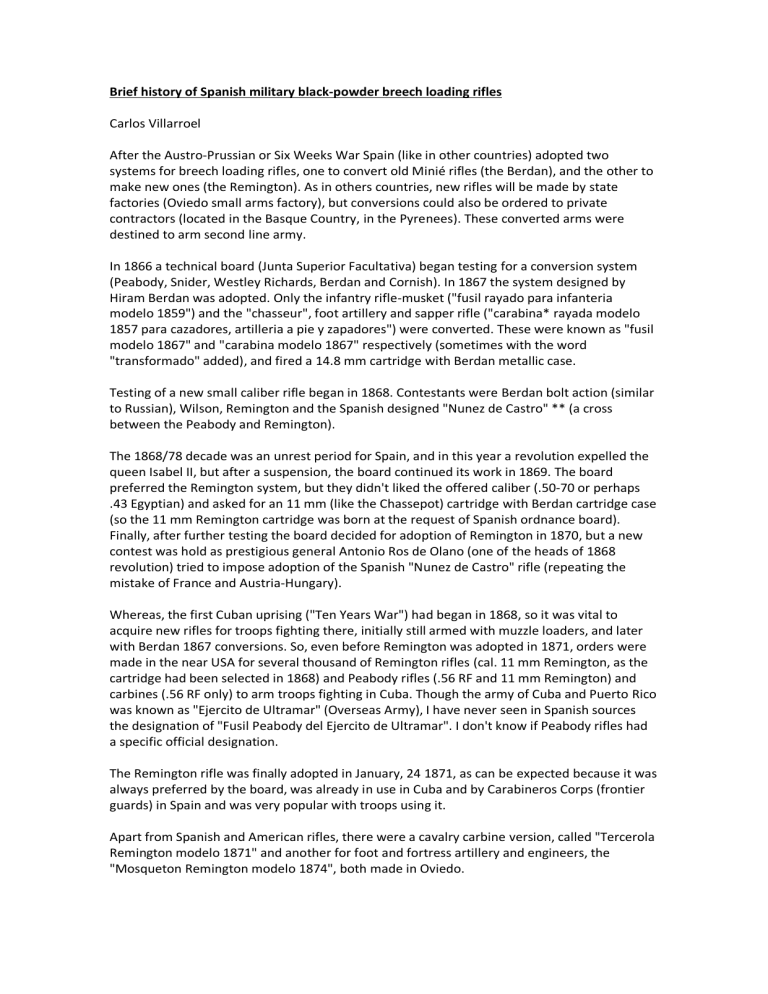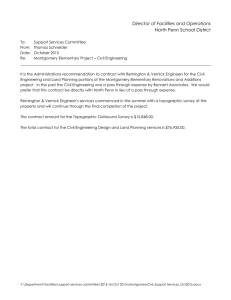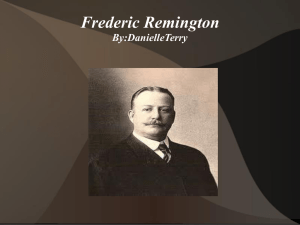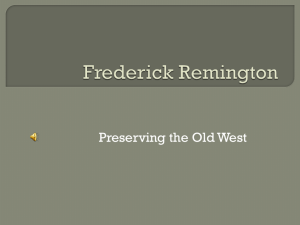
Brief history of Spanish military black-powder breech loading rifles
Carlos Villarroel
After the Austro-Prussian or Six Weeks War Spain (like in other countries) adopted two
systems for breech loading rifles, one to convert old Minié rifles (the Berdan), and the other to
make new ones (the Remington). As in others countries, new rifles will be made by state
factories (Oviedo small arms factory), but conversions could also be ordered to private
contractors (located in the Basque Country, in the Pyrenees). These converted arms were
destined to arm second line army.
In 1866 a technical board (Junta Superior Facultativa) began testing for a conversion system
(Peabody, Snider, Westley Richards, Berdan and Cornish). In 1867 the system designed by
Hiram Berdan was adopted. Only the infantry rifle-musket ("fusil rayado para infanteria
modelo 1859") and the "chasseur", foot artillery and sapper rifle ("carabina* rayada modelo
1857 para cazadores, artilleria a pie y zapadores") were converted. These were known as "fusil
modelo 1867" and "carabina modelo 1867" respectively (sometimes with the word
"transformado" added), and fired a 14.8 mm cartridge with Berdan metallic case.
Testing of a new small caliber rifle began in 1868. Contestants were Berdan bolt action (similar
to Russian), Wilson, Remington and the Spanish designed "Nunez de Castro" ** (a cross
between the Peabody and Remington).
The 1868/78 decade was an unrest period for Spain, and in this year a revolution expelled the
queen Isabel II, but after a suspension, the board continued its work in 1869. The board
preferred the Remington system, but they didn't liked the offered caliber (.50-70 or perhaps
.43 Egyptian) and asked for an 11 mm (like the Chassepot) cartridge with Berdan cartridge case
(so the 11 mm Remington cartridge was born at the request of Spanish ordnance board).
Finally, after further testing the board decided for adoption of Remington in 1870, but a new
contest was hold as prestigious general Antonio Ros de Olano (one of the heads of 1868
revolution) tried to impose adoption of the Spanish "Nunez de Castro" rifle (repeating the
mistake of France and Austria-Hungary).
Whereas, the first Cuban uprising ("Ten Years War") had began in 1868, so it was vital to
acquire new rifles for troops fighting there, initially still armed with muzzle loaders, and later
with Berdan 1867 conversions. So, even before Remington was adopted in 1871, orders were
made in the near USA for several thousand of Remington rifles (cal. 11 mm Remington, as the
cartridge had been selected in 1868) and Peabody rifles (.56 RF and 11 mm Remington) and
carbines (.56 RF only) to arm troops fighting in Cuba. Though the army of Cuba and Puerto Rico
was known as "Ejercito de Ultramar" (Overseas Army), I have never seen in Spanish sources
the designation of "Fusil Peabody del Ejercito de Ultramar". I don't know if Peabody rifles had
a specific official designation.
The Remington rifle was finally adopted in January, 24 1871, as can be expected because it was
always preferred by the board, was already in use in Cuba and by Carabineros Corps (frontier
guards) in Spain and was very popular with troops using it.
Apart from Spanish and American rifles, there were a cavalry carbine version, called "Tercerola
Remington modelo 1871" and another for foot and fortress artillery and engineers, the
"Mosqueton Remington modelo 1874", both made in Oviedo.
In 1872 Carlos VII, the Carlist pretender (absolutist branch of the royal family), called to an
uprising that lasted until 1876. At the beginning of the conflict the Regular Spanish Army was
armed with the Berdan conversions, but Remington soon became the main weapon of
governmental armies, thanks to the many thousands purchased from the American factory
and the speeding of manufacture in the Oviedo State Arsenal (where they had been made
from 1870 for "Carabineros").
Carlists troops' armament was diverse. Apart from old weapons, modern ones came from two
sources:
1. Acquisition of surplus rifles from the Franco-Prussian war, mainly Springfield-Allin (which
was called Berdan) and Remington in .50-70 caliber, Sniders -.577 cal.- and Chassepots rifles 11 mm cal.-.
2. Rifles delivered by private industries, as one of the main areas dominated by this faction was
the Basque Country, traditional gun-making area. These were mainly copies of Berdan, Snider,
and Remington guns and Cornish and Ibarra pin fire system rifles.
The Remington was the regulation rifle until 1892, when the Mauser was adopted. In 1889
Remingtons had been converted to fire a new cartridge, with an 11 mm brass jacketed bullet,
called "Fusil Remington Freire-Brull modelo 1871/89", and a cavalry dragoon version known as
"Carabina Remington Freire-Brull modelo 1871/89 para dragones" (or "Remington
reformado").
Notes:
* The word "carabina" refers to the short chasseurs rifle (33 in. barrel). Cavalry carbines were
then known as "tercerola" and artillery and sappers ones as "mosqueton" (22 in. barrel). The
mounted artillery used "mosqueton" and the foot one "carabina".
** Núñez in Spanish scripture. I don't use Spanish accents (') over vowels in other Spanish
words as it will be not correctly shown in your computer.
Main sources:
* "3 Siglos de armamento portátil en España", Bernat Barceló Rubí, Palma de Mallorca, 2002.
* "Armamentos de Munición en las Fuerzas Armadas Españolas - Producción de antecarga,
1700 -1873" Juan L. Calvó.
* Several articles published in Spanish magazines "Armas" and "Armas y Municiones".



